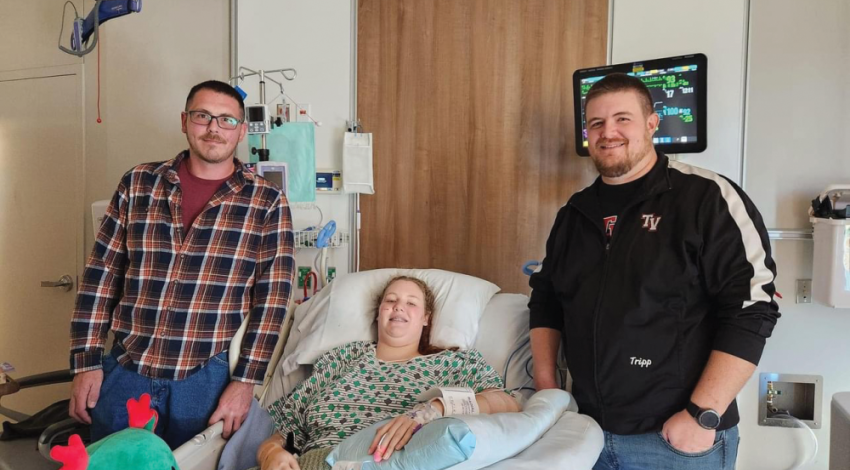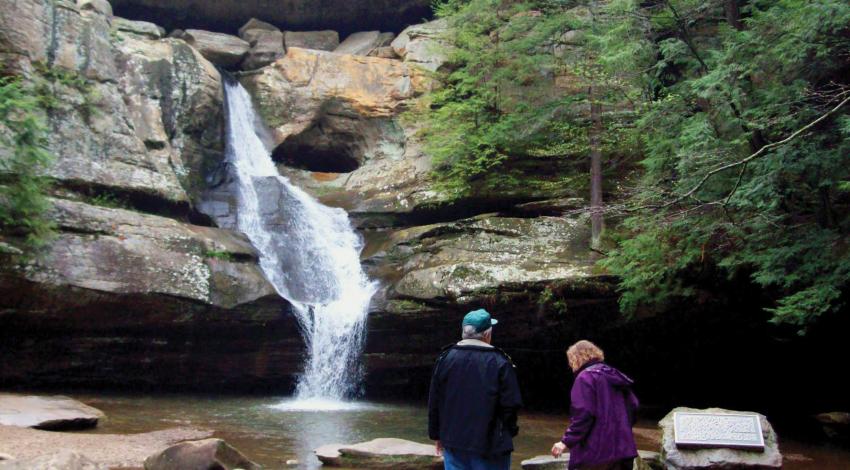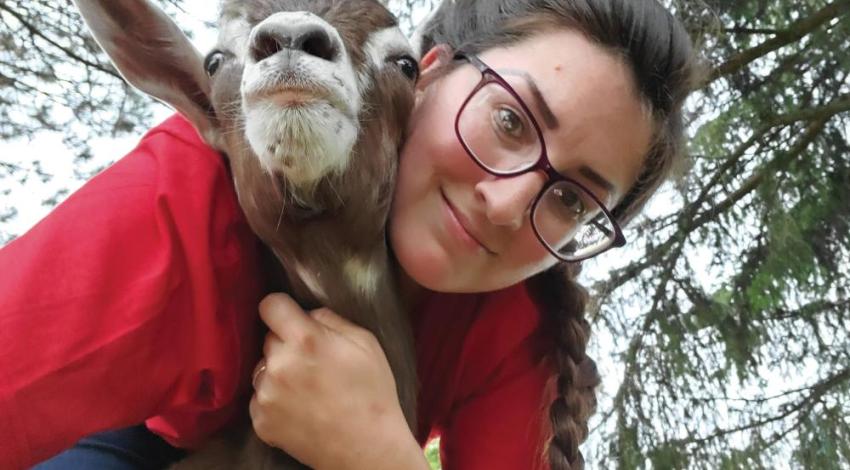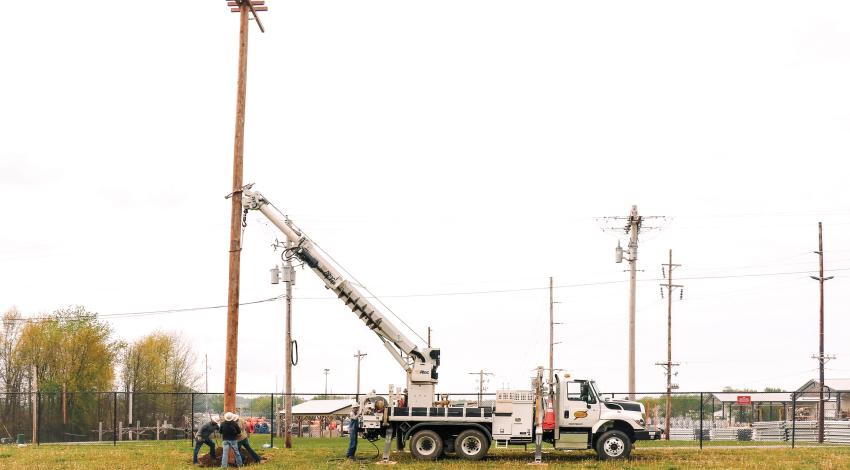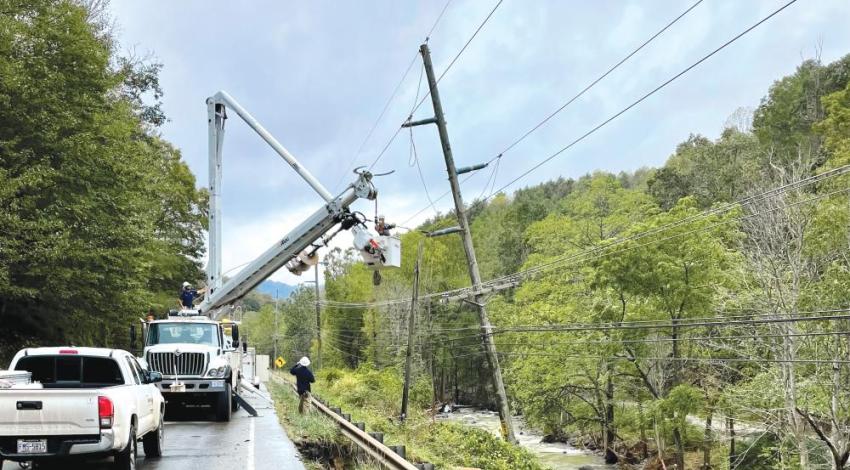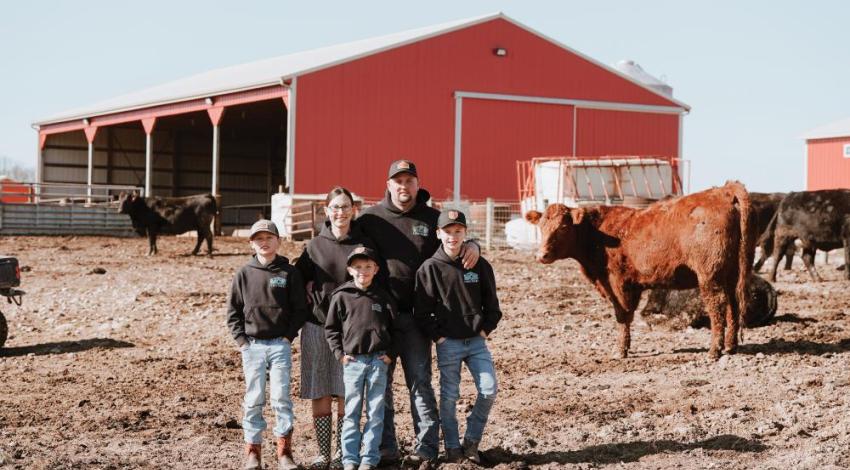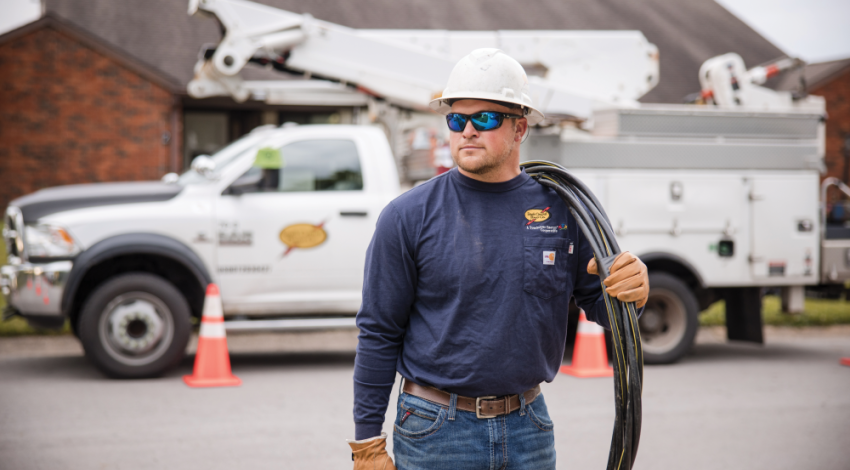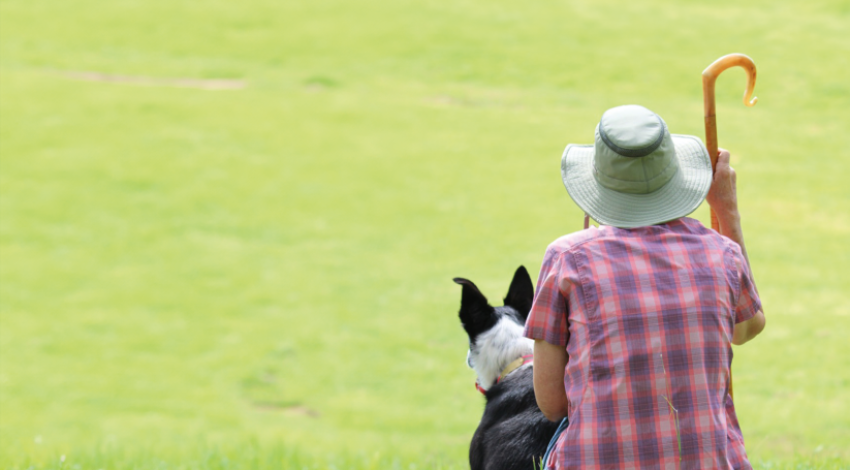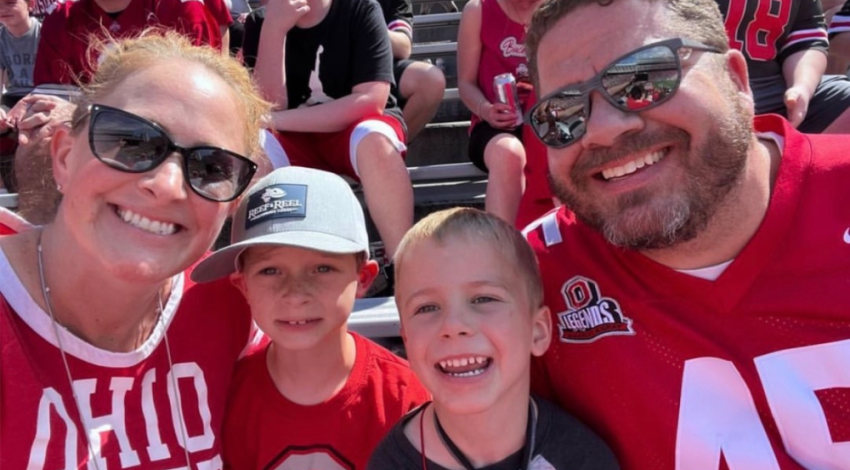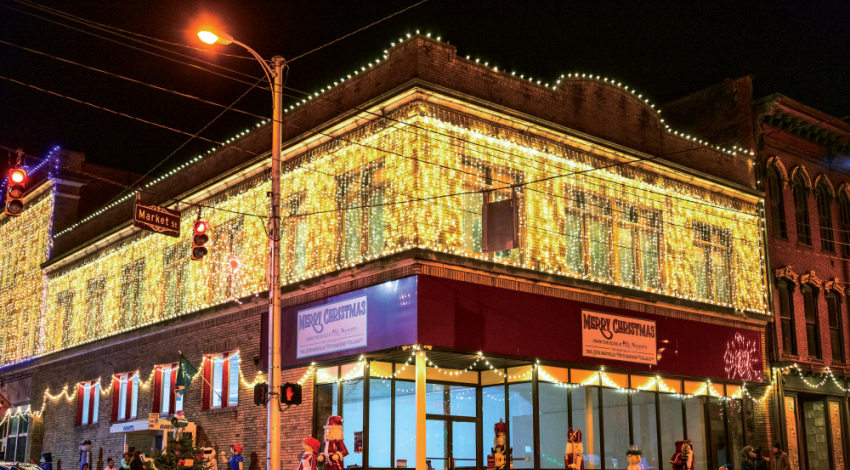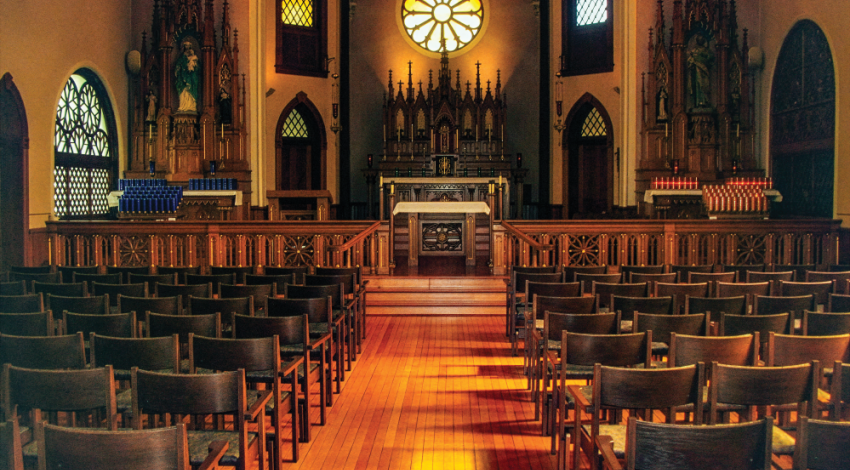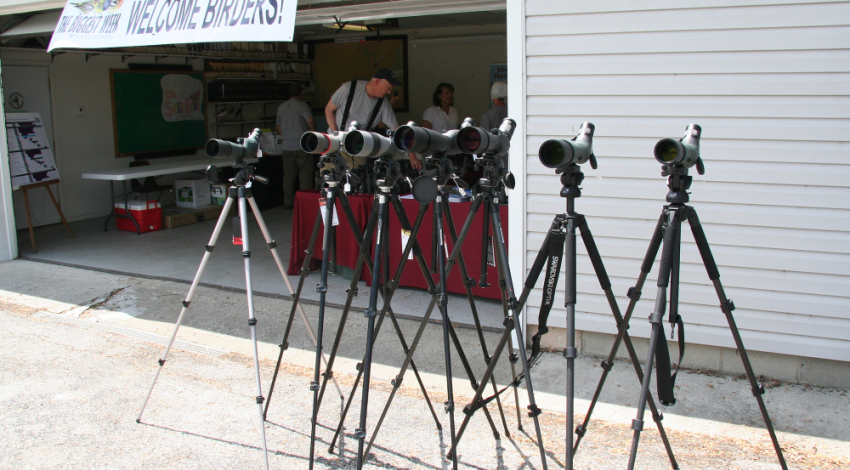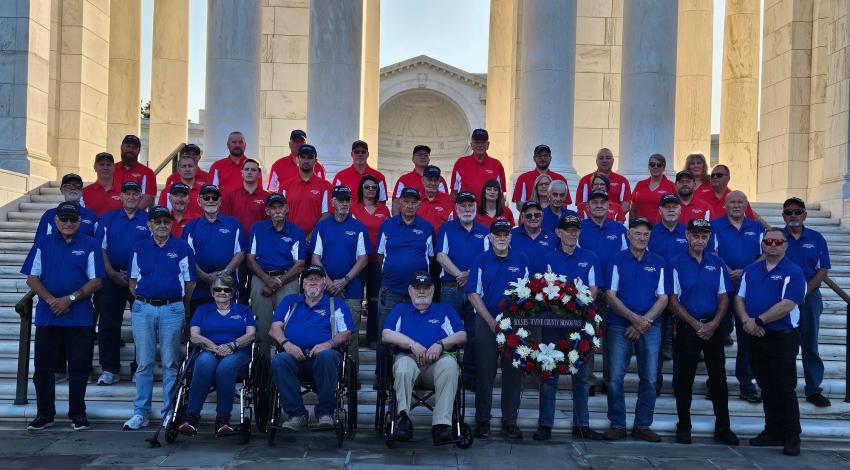On the morning of November 14, 2023, 16-year-old Brynn Goedel was in great spirits, traveling on a charter bus with fellow band members, teachers, and chaperones from Tuscarawas Valley Middle-High School.
That stuck door saved Brynn’s life, says her mother, Danielle Goedel. Brynn was standing in the aisle when a semi-truck loaded with batteries plowed over an SUV and slammed into the back of the bus, obliterating the bathroom she had been trying to enter. The collision threw her forward and ignited a massive fire. When Brynn came to, she was surrounded by flames; the bathroom door was on top of her and she was unable to move. Eventually, the band director and a good Samaritan pulled her from the bus as batteries from the truck continued to explode.
